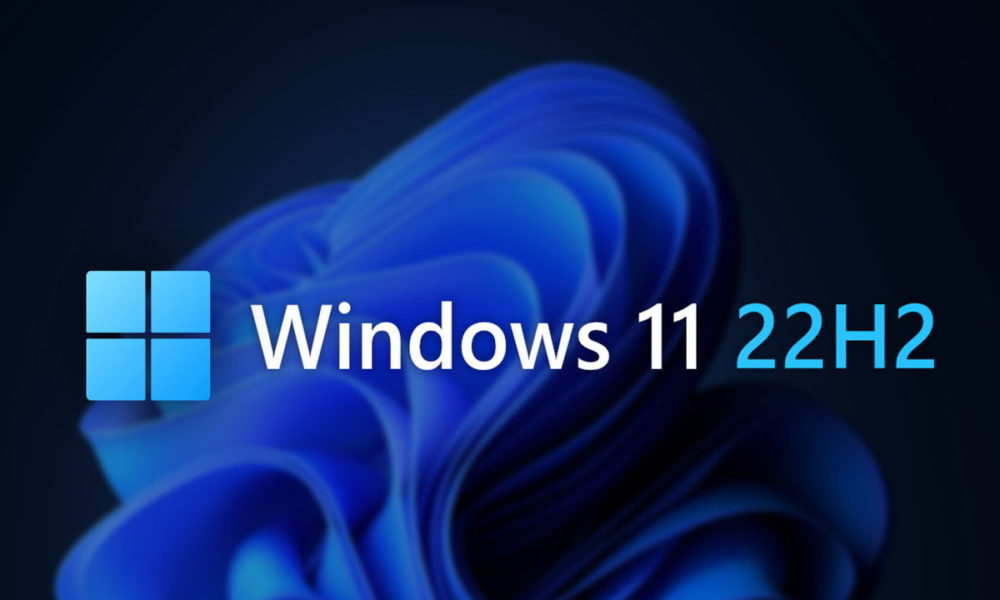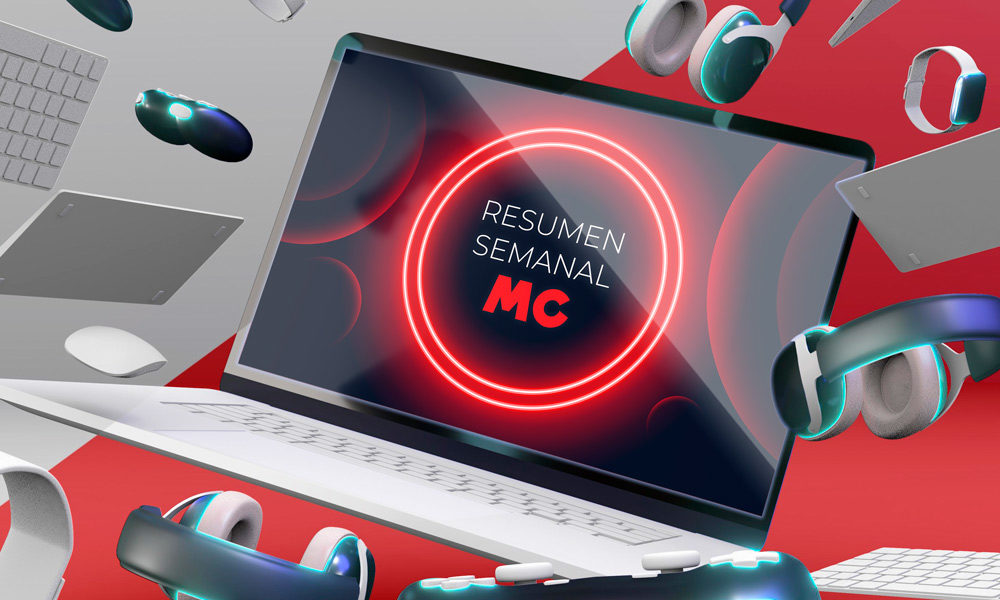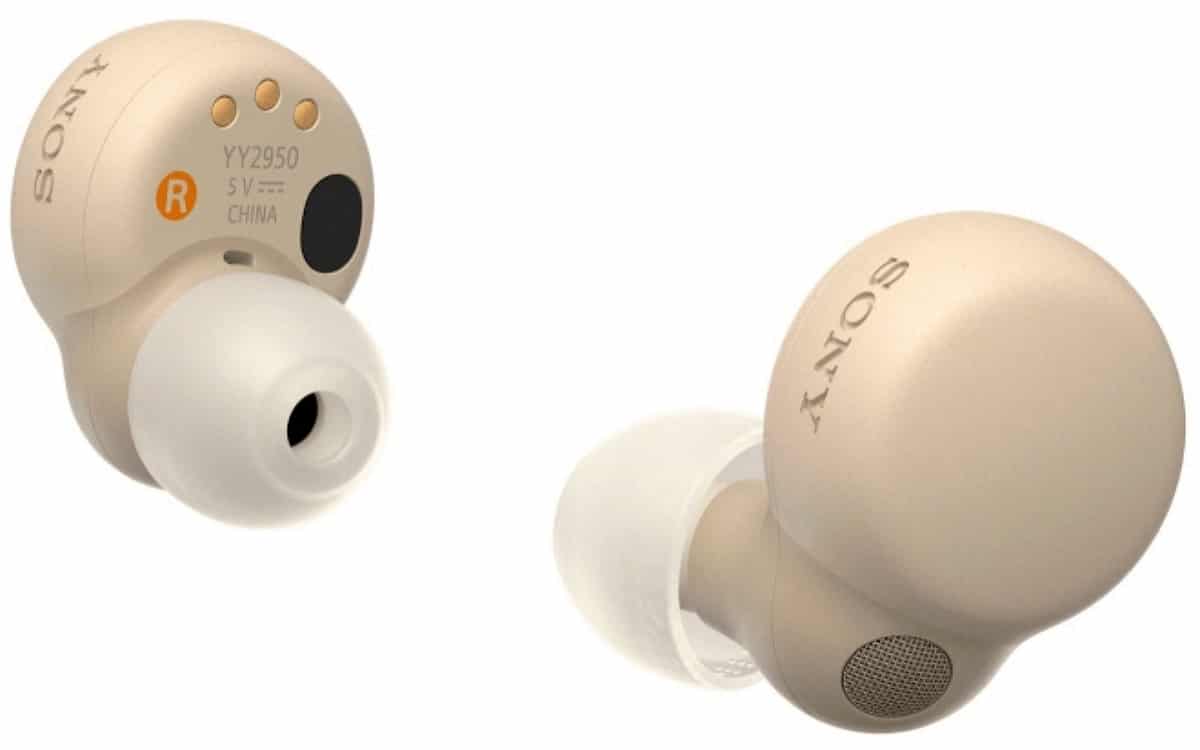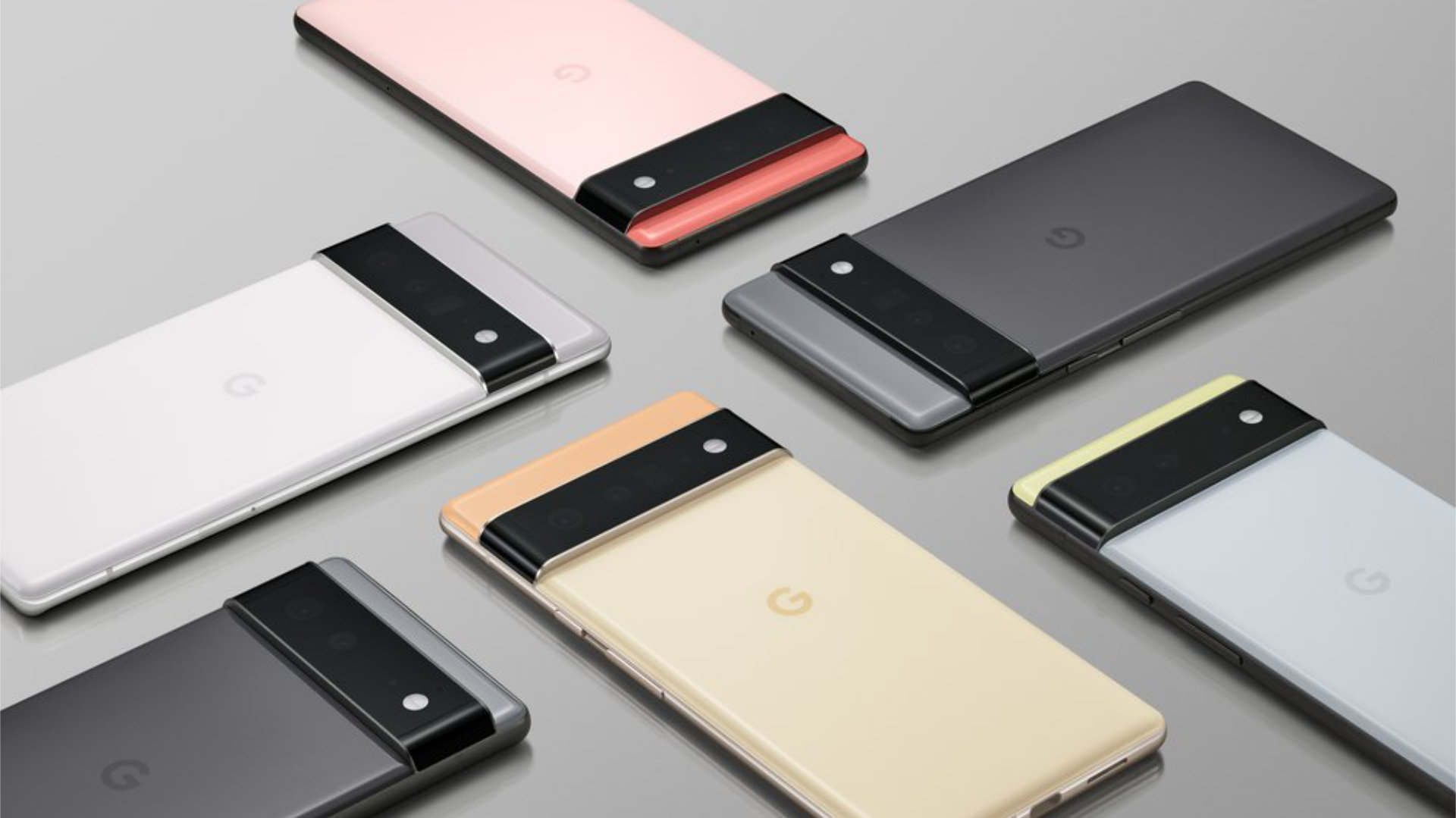
Google has formalized its new home smartphones. The Pixel 6 and 6 Pro have a high-end technical sheet and a mobile chip developed in-house by Google. A small revolution that opens up many possibilities.
While we were expecting them for the start of the school year, Google unveiled its latest homemade phones on August 2, 2021. In a Twitter thread, the company has given a lot of information about the Pixel 6 and Pixel 6 Pro, decidedly high-end phones that are supposed to ship what Google can do best.
Technical sheet
In an interview with The Verge, Rick Osterloh, the product manager at Google admits straight away that if in previous years Google “ did not have what it took to enter the high end market […] this year it will be different. “
On reading the technical sheet, it’s hard to doubt these statements.
| Pixel 6 | Pixel 6 Pro |
| 6.4-inch Full HD + OLED display | 6.7-inch QHD + OLED display |
| 90Hz refresh rate | 120Hz refresh rate |
| Two photo modules: Wide angle + Ultra wide angle | Three photo modules: Wide angle + Ultra wide angle + 4x Zoom |
| Google Tensor chip | Google Tensor chip |
The rest of the technical sheet is still a mystery that Google will undoubtedly unveil in September or October, with the (high) price of the two devices. What the company really wanted to highlight was its brand new Tensor chip. which could well give a certain advantage to its two smartphones.
What is an SoC? Why is this important?
In the mobile world, the chip (or SoC for System on a Chip), is the brain of the device. In addition to embedding the processor which will provide the raw power of the device, the SoC will also take care of the photo processing, network connections, the graphics part … in short, it is a critical part in the development of a smartphone. And for the first time, Google has just developed its own solution.
Until then, the company bought this component from Qualcomm, which is developing the famous Snapdragon platform. The Pixels 6 therefore mark a major change for Google since the Tensor was ” under construction for 4 years ” according to the CEO of Google. By integrating a homemade chip into a homemade smartphone, Google is getting closer to the Apple model.
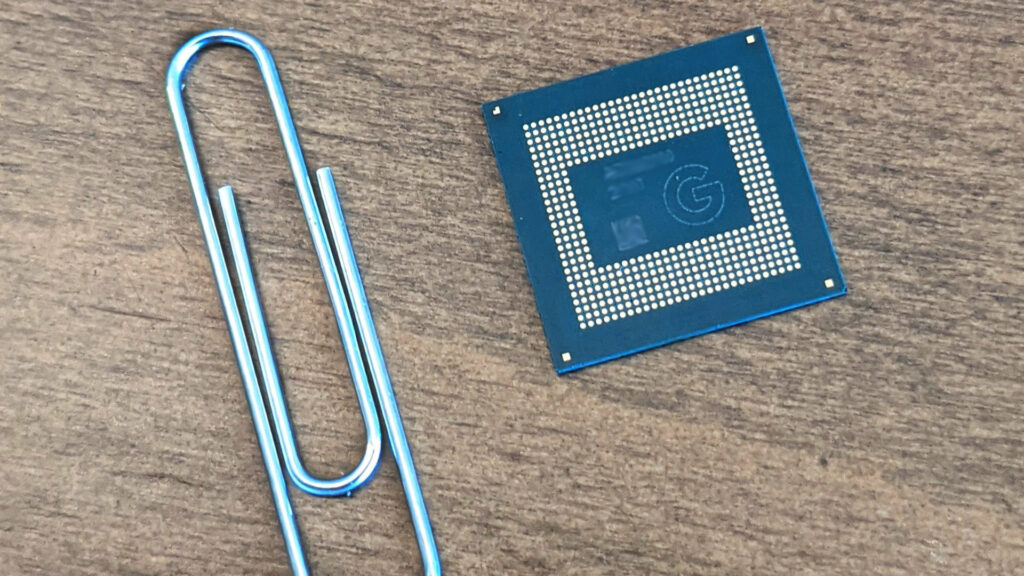
The iPhone manufacturer has been using homemade chips in its phones for a long time. This is one of the cornerstones of the “vertical integration” strategy whereby software and hardware are all developed by the same company. We recently saw what this approach could give with the excellent Apple Silicon M1 chip.
Google therefore finds itself in the same situation since the company deals with both the operating system (Android) and the hardware.
What will this change?
Mastering the construction of an element as vital as the SoC offers many advantages. Firstly, it allows the operating system to be optimized so that it takes full advantage of all the power offered by the component. This allows for a software and hardware component that work together to provide a smoother and more efficient experience.
Second, it allows Google to have more control over the future of its phone. If a phone has a Snapdragon chip that Qualcomm no longer keeps up to date, then it can’t upgrade to higher versions of Android. By keeping control of this component, Google could offer better software tracking for its Pixels. And that’s good because the company is outdated on this point.
Finally, the integration of this Tensor chip could improve the photo capabilities of the pixels which already excel in this category. By having control of the circuit, Google can optimize all stages of photo processing and offer features hitherto more difficult to implement. In a test that The Verge was able to witness, the Pixel 6 applied HDR processing to every frame of a video (4K at 30 frames seconds) for a more successful result than on the old Pixels which were now outdated in video. This process is facilitated by the mastery that Google has on its chip.
AI obviously
Finally, since it is no longer possible to release a smartphone without talking about artificial intelligence today, the Pixels and their Tensor chip will improve this point too. According to Rick Osterloh, the device chip allows “ apply professional machine learning models on the phone “. Voice commands, on-the-fly translation, subtitling, all these aspects should be more efficient since they are handled locally on the phone’s memory.
With the Tensor chip, Google finally has control over all the critical components of its phones and can finally compete with Apple on an equal footing.
